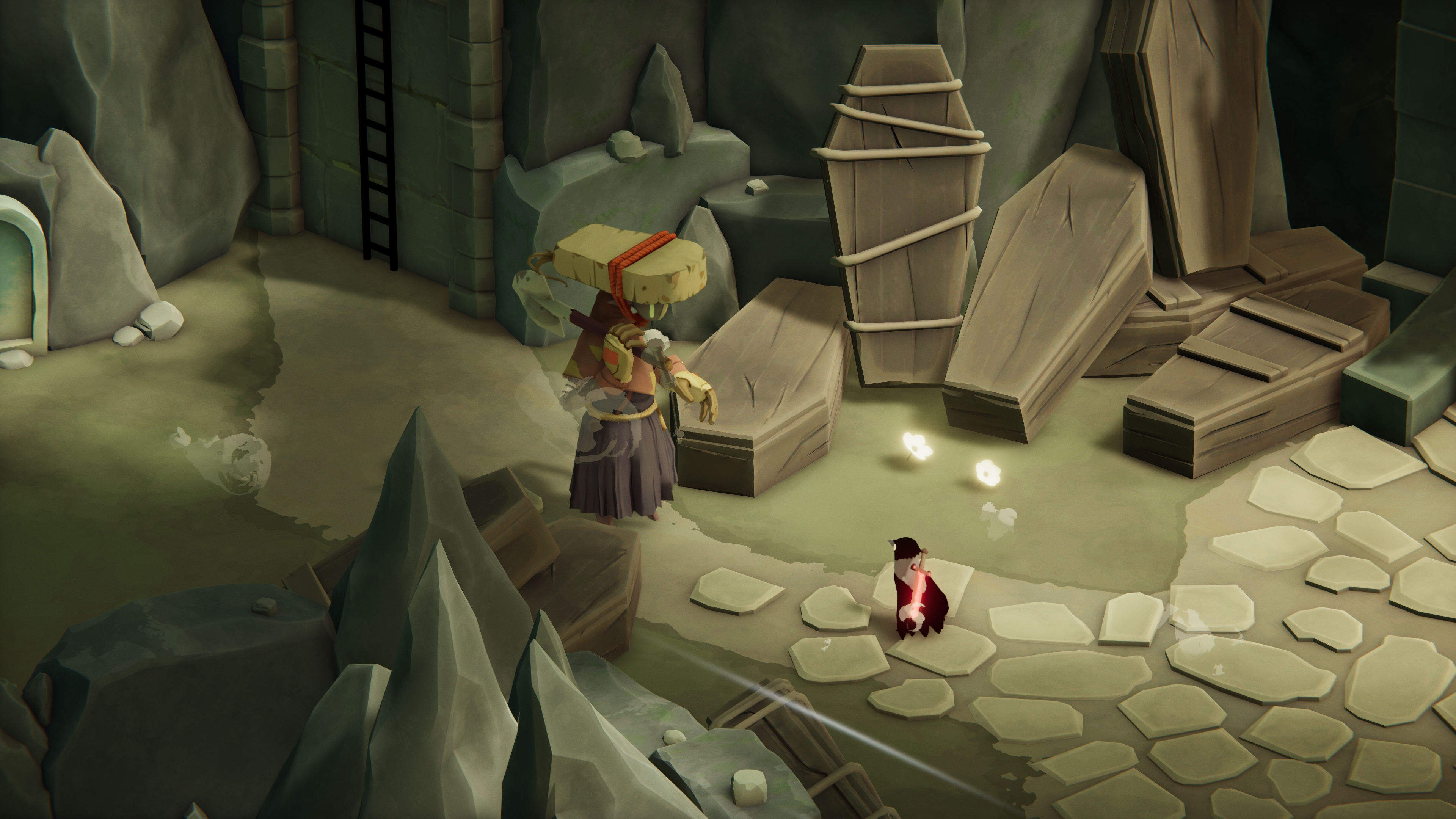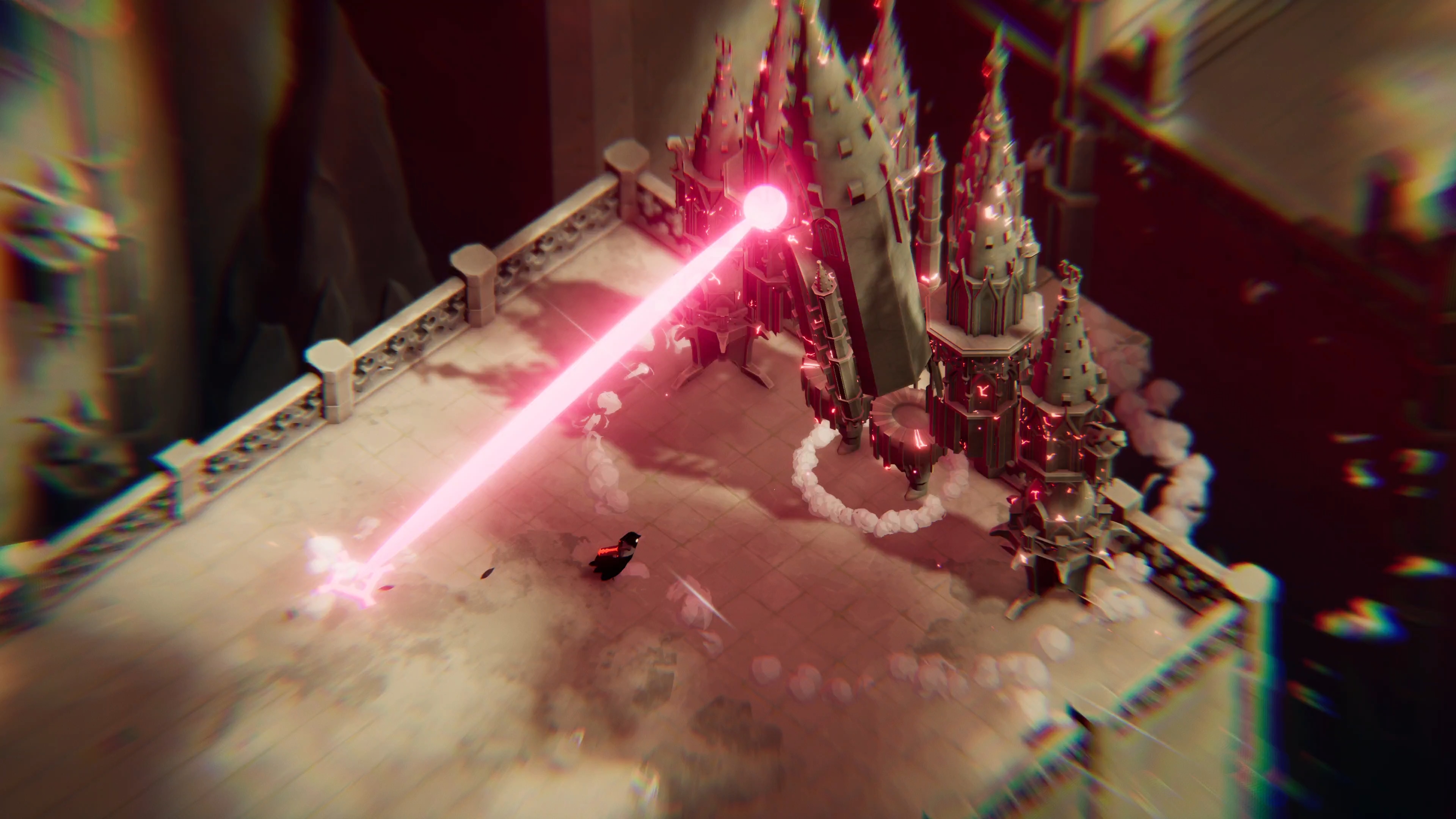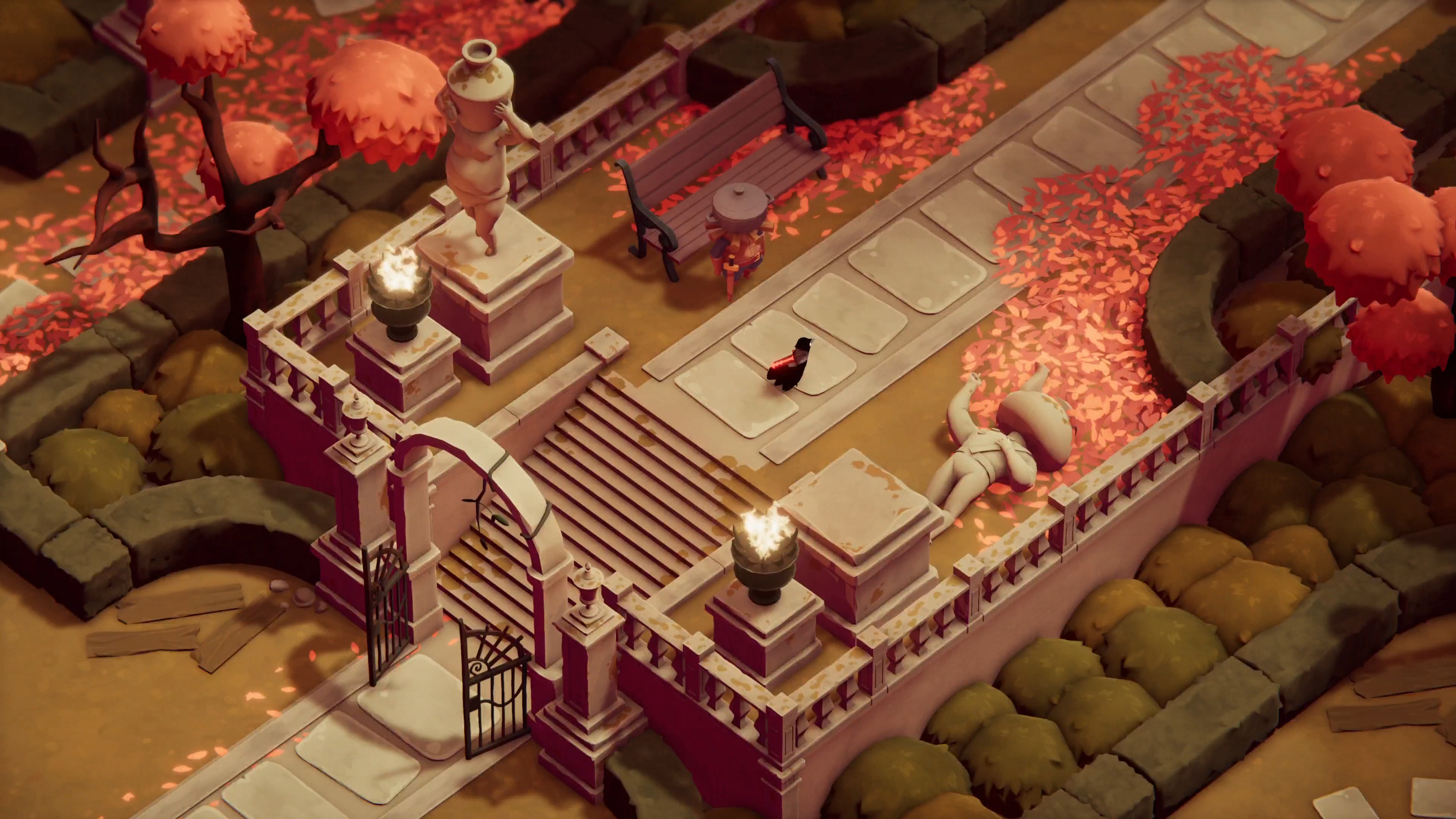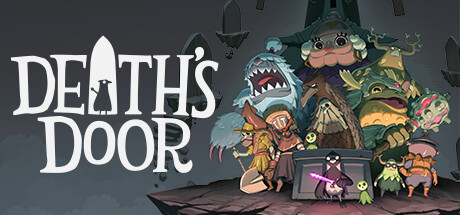I’m going to be honest. I chose to play through HuniePop purely to flex on a friend who thought that the game was “Too hard” and that “Most people couldn’t beat the first level.” For reference, this friend has beaten all three Dark Souls games, so my first impression was that they just really, really sucked at puzzle games.
Having now actually finished the game, I have to admit it was not as easy as I was expecting. But I still beat it, so suck it Kyle. Anyway, HuniePop!
HuniePop is sort of combination of dating simulator and match 3 puzzle game. I have some issues with the game’s implementation of both of these mechanics. But credit where it’s due, it did make me realize that I was about to forget a girlfriend’s birthday for the second year in a row. More on that in a moment.
Anyway, after a brief tutorial and introduction to the game’s mechanics by a sex fairy, you’re given a magic phone that that will let you locate girls you encounter and also show you information about how much they like you.
Hmmm… when you put it that way, it’s kinda creepy. Like, it’ll show you if they’re asleep, but you can’t go visit them or talk to them if they’re not already in a somewhat public place? I dunno. Anyway, that brings us to the first of the two main gameplay loops.

While HuniePop advertises itself as a match 3 game, there’s also a large portion of it that functions as a sort of memory game. Here’s how it works. After the tutorial, you’ll start off the first day, and you’ll go around talking to girls. There are four time blocks in a day, and the game progresses to the next time block when you choose to go talk to a different girl. These blocks are Morning, Noon, Evening and Night, and with some small difference for Evening and Night, they all function pretty much the same.
While you’re interacting with one of the girls, there are five actions you can take. You can buy her food, which increases the food meter, you can offer her a drink, which she generally won’t actually take you up on unless it’s already much later in the day, you can give her a present, or you can just chat with her. Food, alcohol, and gifts all cost Munie, one of the game’s two currencies, that you get by successfully completing dates (Editor’s note: just like in real life). Chatting with a girl gives you a small amount of Hunie, the game’s other currency, but lowers her food meter. Chatting is actually a fairly large portion of the gameplay loop, and she’ll either tell you something about herself, such as birthday, favorite season, etc., or she’ll ask you to remember something she’s told you previously. Getting these questions correct rewards you with extra Hunie, which is used to upgrade your stats, and increase the value of various tokens in the match 3 portion of the game.
It’s worth noting that none of these things actually make her like you any more.
In order to get her to like you more, you have to go on a successful date, and this is the match 3 part of HuniePop.

This is where HuniePop has some differences in genre from most other match 3 games. There are 5 different types of symbols, which each have a different mechanical effect:
Talent/Flirtation/Romance/Sexuality – These are the four symbols that build your affection meter. You need to fill this meter before you run out of turns to successfully complete the date. They’re the circular symbols in the image above. Each girl has a like, and a dislike. Matching the symbols they like will net you more affection, matching the symbols they dislike generally net you less. The other two types will just give a base amount.
Passion – The heart shaped symbols. Matching passion symbols boosts your passion level. Higher passion level gives you a multiple on the amount of affection earned from the four symbols mentioned above.
Sentiment – Sentiment tokens are the small teardrop cyan tokens. They give you energy in order to use your “Date Gifts” which are activated abilities. Abilities can range from permanently increasing the spawn rate of certain tokens for the rest of the date, to removing all tokens of one type from the board, to just replacing all tokens of one type with another.
The Bells I Can’t Remember The Name Of – They’re the bell shaped ones. You match these to get an extra turn.
Broken Hearts – If you match broken hearts, you will lose a large portion of your affection meter. You don’t want to do this.

While these mechanics are interesting, I have two big problems with them. The first one is how Broken Hearts feel to play with. Because you’ll try to avoid matching them, you’ll find yourself often with a very clogged board state, and it can be easy to have new tokens fall into the board, and set off broken heart chains. It’s frustrating, and it takes away some of the fun I’ve always had with match 3 games: trying to set up ridiculously long combos.
My second problem is a design decision that was made regarding how matches work. If you make a match that includes a set of 3 orbs going up, and 3 orbs over, in a sort of a L shape, with one shared orb in the corner, the game does not count this as a match of 5 orbs. In fact, it won’t count two of the orbs at all. It will just remove the highest match of three and remove the other two. It makes it much harder to set up certain combos. I just don’t understand why they made this choice.
So why do I think that this is a design decision? Well, if you successfully date a girl enough to get her to want to come home and fuck you, there’s a secondary mini-game version of the match 3 puzzle where you have unlimited moves and in that part of the game the L pattern does count as a full match.
Speaking of which, I think it’s time to briefly cover the “Adult Content” that’s present in HuniePop. There is… surprisingly little of it honestly. It’s there, but outside of some bare breasts, and six or so images, nothing ever reaches past the level of “Hot Babe Calendar.” It’s suggestive, but except for the aforementioned, not really explicit.
Overall, HuniePop is decent. It’s not amazing in any sense, but I did find myself continuing to play it, and trying to to beat it. The difficultly curve is a bit weird, with some unusual spikes, and there were a few challenging points. It’s better than I was expecting, and if it wasn’t for the pattern mechanics and Broken Hearts, I think I would have had a fair amount of fun with it.
HuniePop is available on Steam, and also GoG (You’ll need to be logged on Steam to see it though, because ADULT CONTENT). If you want to hit on anime girls and see breasts while also playing a weirdly difficult match 3, this might be the game for you. If you’ve got no interest in the game’s erotic theming, though, you’d likely be better off with another puzzle game. (I would personally suggested Beglitched!)






